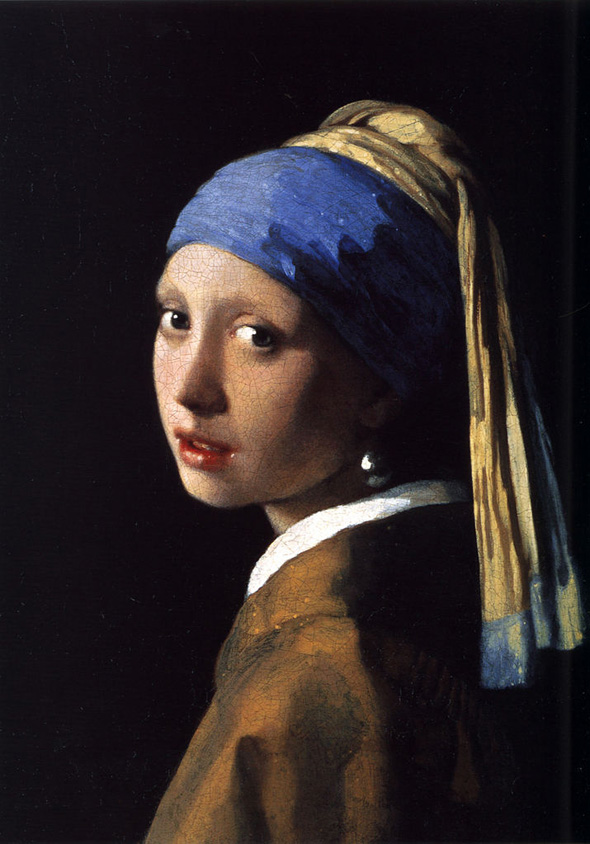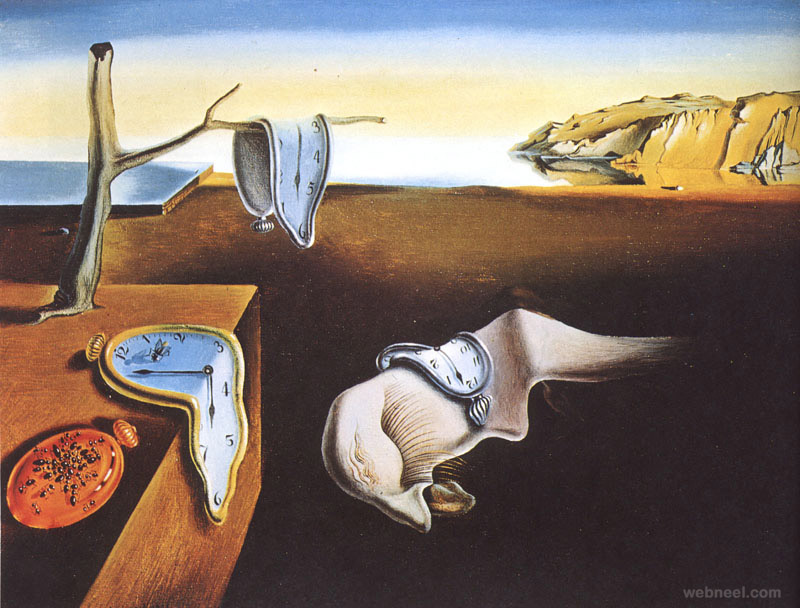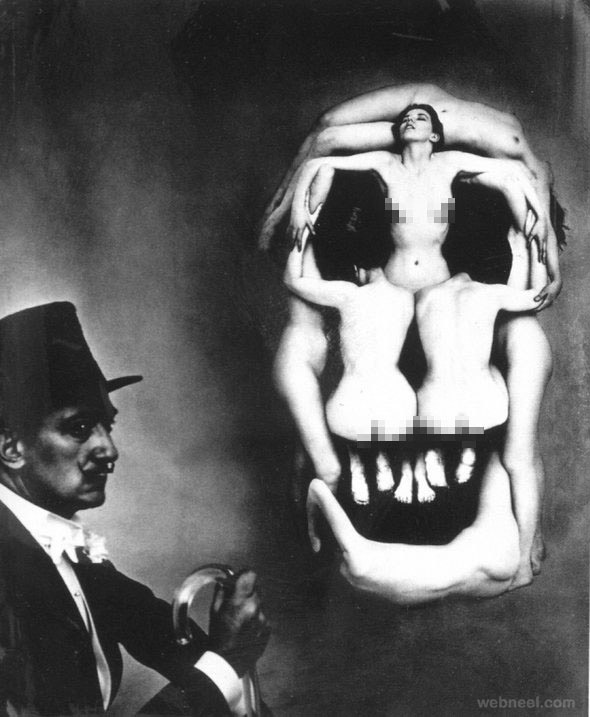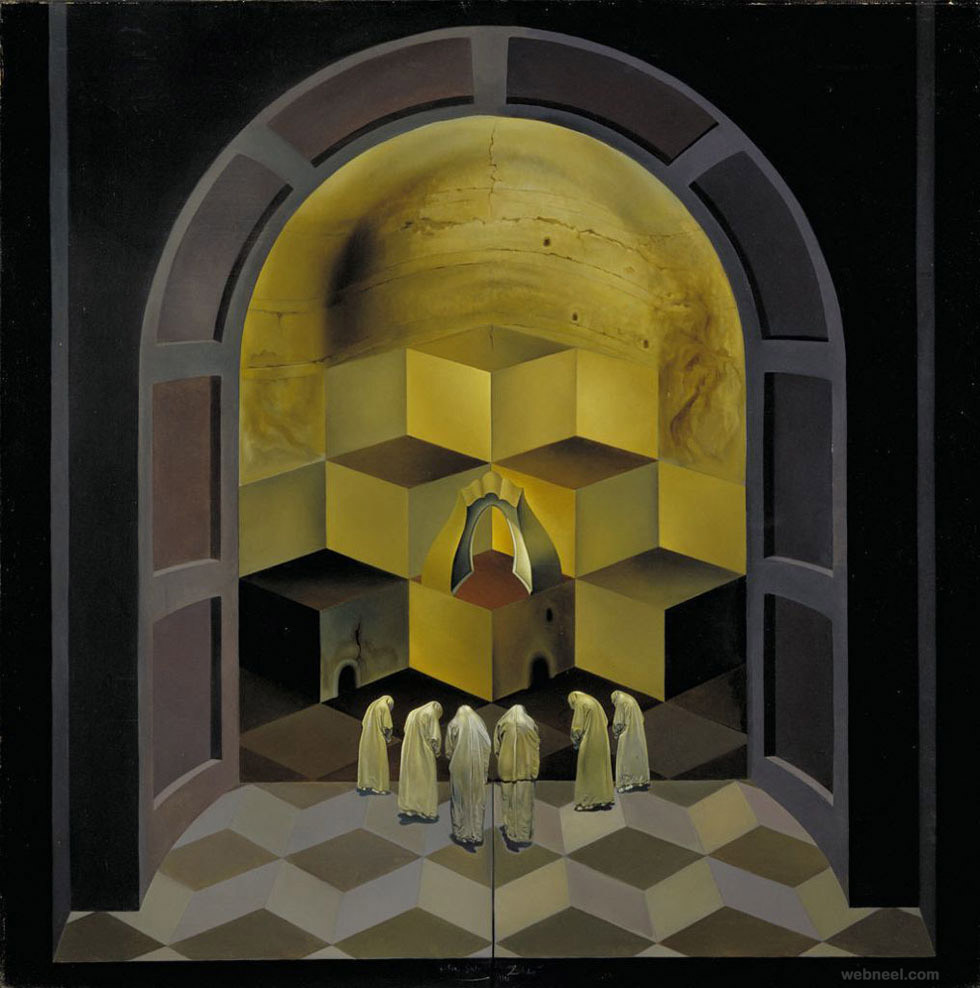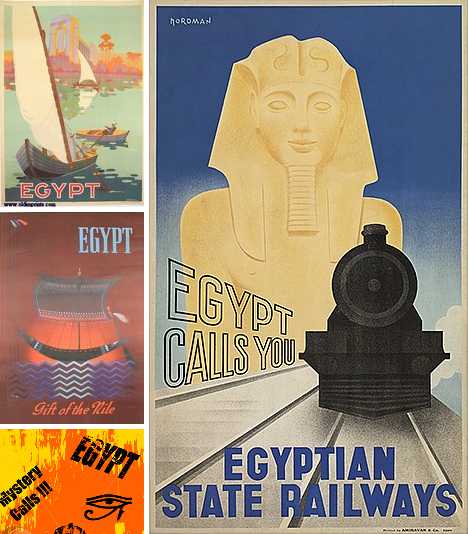One famous classical painting is the girl with the pearl earring, painted by Johannes Vermeer in 1665, you can see that this is classical from different ratios used, such as the golden rule with the amount of black background on the left to the woman being about 1.6, and the pearl earring which stands out is about a third of the way from right so is also used the rule of thirds.
Ingres- Apotheosis of Homer
Jean Antoine- Two cousins
Louis Jean Francois Lagrenee - Mars and Venus
Hugely different from the girl with the pearl earring is Rain, steam and speed, by Joseph Mallard William Turner,this is a great example of an romanticism artist and piece of work due to it defying all the rules and typicality which is seen through classicism. The work is that of a steam engine and the oil paints used were really free flowing and is quite an abstract take on the scenery which it was intended to replicate because of the lack of details. Unlike classicism, this sticks to a very one sided colour scheme, which to me expresses a lot of a specific emotion.
Below are more examples of romantic/Gothic art styles
The wanderer above the sea of fog-Caspar David Friedrich
The Death of Sardana- Eugene Delacroix
The Raft of the Medusa- Georg Kaiser
